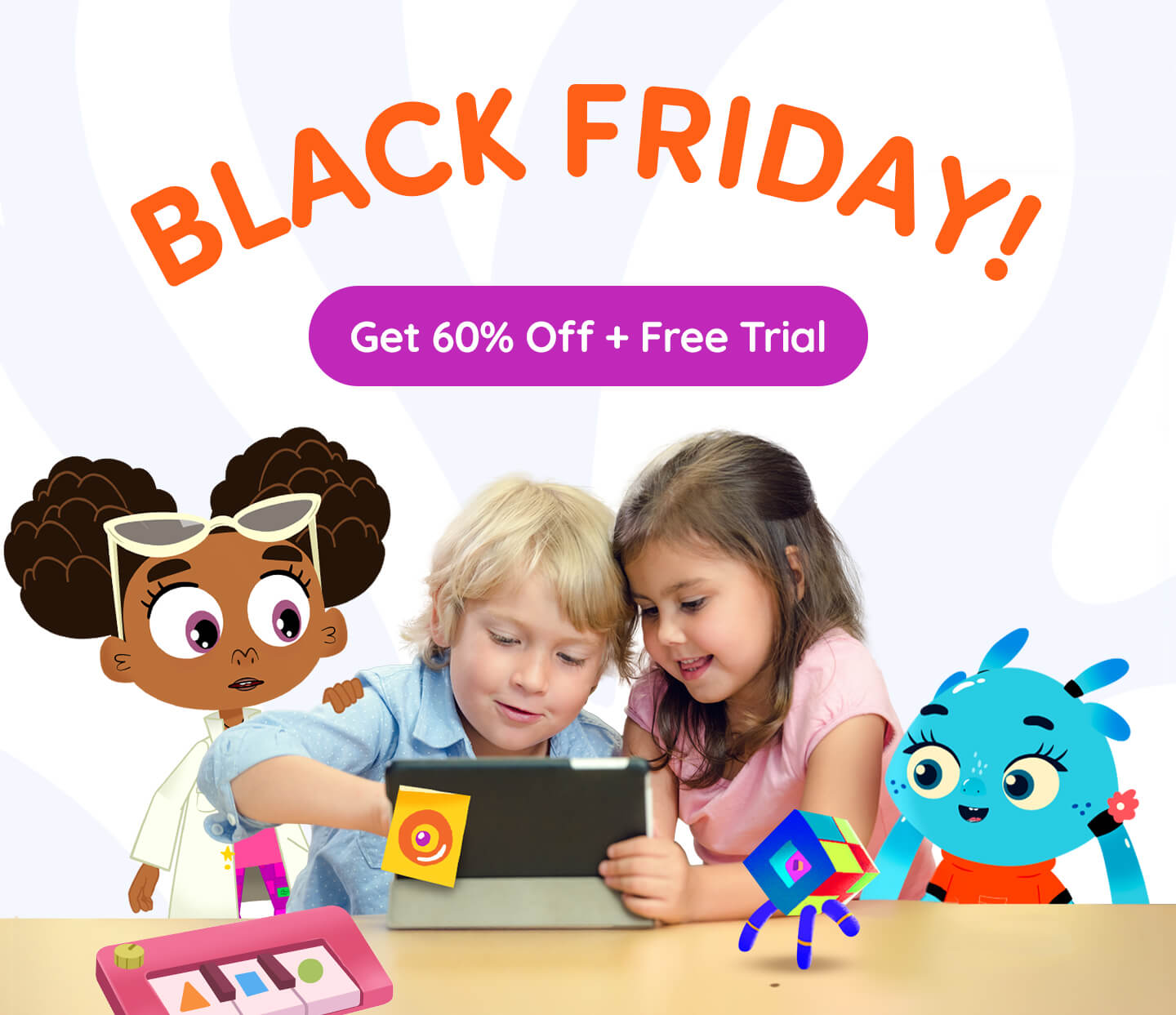Curriculum
Composing Opinions About Books
Children will use a combination of drawing, dictating, and writing to compose opinion pieces about their favorite books. For example, a 5-year-old might choose to talk about "The Very Hungry Caterpillar" by Eric Carle. The child could draw a picture of the caterpillar eating through various foods, dictate to a teacher or use beginner writing skills to note, "My favorite book is 'The Very Hungry Caterpillar.'" They could then express their opinion, "I like it because the caterpillar eats so many things and turns into a butterfly."
Creating Informative Texts
Children will combine drawing, dictating, and writing to create informative texts about a specific topic. For instance, a 5-year-old could choose the book "The Very Hungry Caterpillar" by Eric Carle to explain the lifecycle of a butterfly. The child might draw the stages the caterpillar goes through, from egg to butterfly, dictate to an adult or jot down basic sentences like, "The caterpillar starts as an egg on a leaf." They could add, "It eats a lot and grows, then sleeps in a cocoon before becoming a butterfly."
Telling Stories Through Writing
Children will use drawing, dictating, and writing to tell a story. Using "The Very Hungry Caterpillar" by Eric Carle, a 5-year-old might draw and label the caterpillar eating foods from Monday to Sunday. They could dictate or write, "First, he ate an apple. Then, two pears." They might finish by saying, "I liked when he turned into a butterfly," showing how to sequence events and express reactions.
Improving Writing Through Feedback
Children will learn to enhance their writing by responding to feedback with adult help. For example, a 5-year-old writes about a day at the zoo and draws a picture of animals they saw. An adult might ask, "What sounds did the animals make?" or a peer might suggest, "Write about the big elephant you saw!" The child can then add these details to their writing, such as "The lion roared loudly" or "The big elephant sprayed water with its trunk."
Using Digital Tools for Writing
Children will explore using different digital tools to create and share their writing with the help of adults. For instance, a 5-year-old might use a simple storytelling app or a kid-friendly word processor to write about a picnic. An adult can guide them in typing out their story, adding digital pictures, or even recording their voice to narrate the story. They can then share these digital stories with classmates or collaborate by combining their stories into a class eBook, helping them understand the basics of digital publishing and collaboration.
Using Illustrations to Describe Stories
Children will use illustrations and details in the story "Where the Wild Things Are" by Maurice Sendak to describe its characters, setting, or events. For instance, a teacher can ask, "Can you describe where Max sails to using the pictures?" Children might talk about the wide ocean and the forest of the Wild Things seen in the illustrations. They could also describe Max and the Wild Things from the way they are drawn, noting emotions and actions like Max's king costume and the Wild Things' wild dances.
Identifying the Narrator
Children will learn to identify who is telling the story at various points in a text by using familiar books. For example, using "Where the Wild Things Are" by Maurice Sendak, a teacher can ask the children, "Who is telling the story here?" The children will notice that the story is told by a narrator who describes Max's adventures in a third-person perspective.
Integration of Knowledge and Ideas
(Not applicable to literature)
Integration of Knowledge and Ideas
With prompting and support, children will compare and contrast the adventures and experiences of characters in familiar stories. For example, a teacher might read two stories like "Goldilocks and the Three Bears" and "The Three Little Pigs." Afterward, the teacher can ask the children, "How are Goldilocks' adventures different from those of the three pigs?" and "What similar things happened to Goldilocks and the pigs in their stories?" This activity helps children understand the characters' actions and experiences, encouraging them to think about stories in a deeper way and notice similarities and differences.
Range of Reading and Level of Text Complexity
Children will actively engage in group reading activities with purpose and understanding. This means they will participate in reading sessions where they listen attentively, ask questions, and discuss the story with their peers and teachers. For example, during a group reading of "The Very Hungry Caterpillar," the teacher might pause to ask the children about the caterpillar's food choices and their consequences.
